Fun facts about Okinawa that actually explain why the islands feel so different from the rest of Japan — from canned meat to snakeskin instruments.
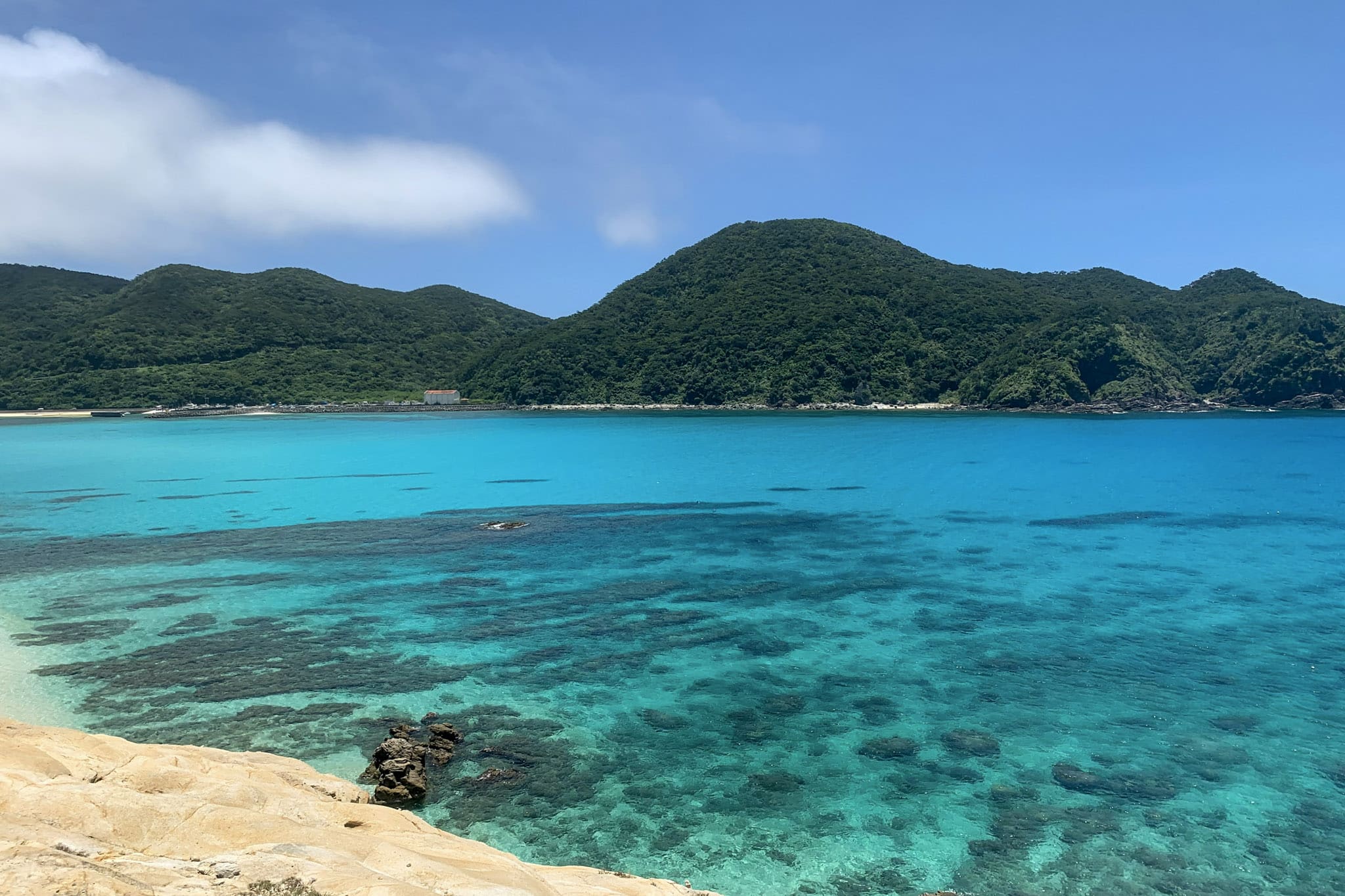
The first time I went to Okinawa, I expected beaches. I didn’t expect lion statues on rooftops, or folk music played on snakeskin instruments, or bitter melon in every second dish. I definitely didn’t expect canned meat to show up on restaurant menus like it was a local delicacy.
Things are different there. Not in a loud, look-at-me way, just different enough that you start writing them down. So these are not fun facts in the brochure sense, but more like details that stuck. Small stuff that makes the island feel the way it does.
- Curious why Okinawa feels so different from the rest of Japan? 👉 We dig deeper into that cultural contrast here in our guide to why Okinawa doesn’t feel like the country you know.
10 Fun Facts About Okinawa, Japan
1. Okinawa has the most people over 100 in the world
Per capita, Okinawa has more centenarians than anywhere else on Earth. And they’re not quietly waiting to die. A lot of them are still gardening, cooking, or walking to the same local market they’ve been going to since the 1950s.
Researchers like to talk about diet and genetics, but locals will tell you the real secret is moai — small, lifelong social groups that look out for each other. They share food, money, conversation. Basically a group chat, but in real life, and with better snacks.
It’s not a health hack, it’s just the way people live.
2. Karate wasn’t invented in Japan. It was invented in Okinawa.
What we now call karate started in Okinawa, back when it was still the Ryukyu Kingdom. It was originally known as Tōde, meaning “Chinese hand”, a hybrid of local self-defense techniques and Chinese martial arts brought in through trade.
When Japan annexed the kingdom, they didn’t love the Chinese reference. So they changed the name to karate, rebranding it as “empty hand.” Then they cleaned it up, gave it uniforms, and shipped it off to mainland dojos. The version you’ve seen in movies? That’s the Tokyo remix.
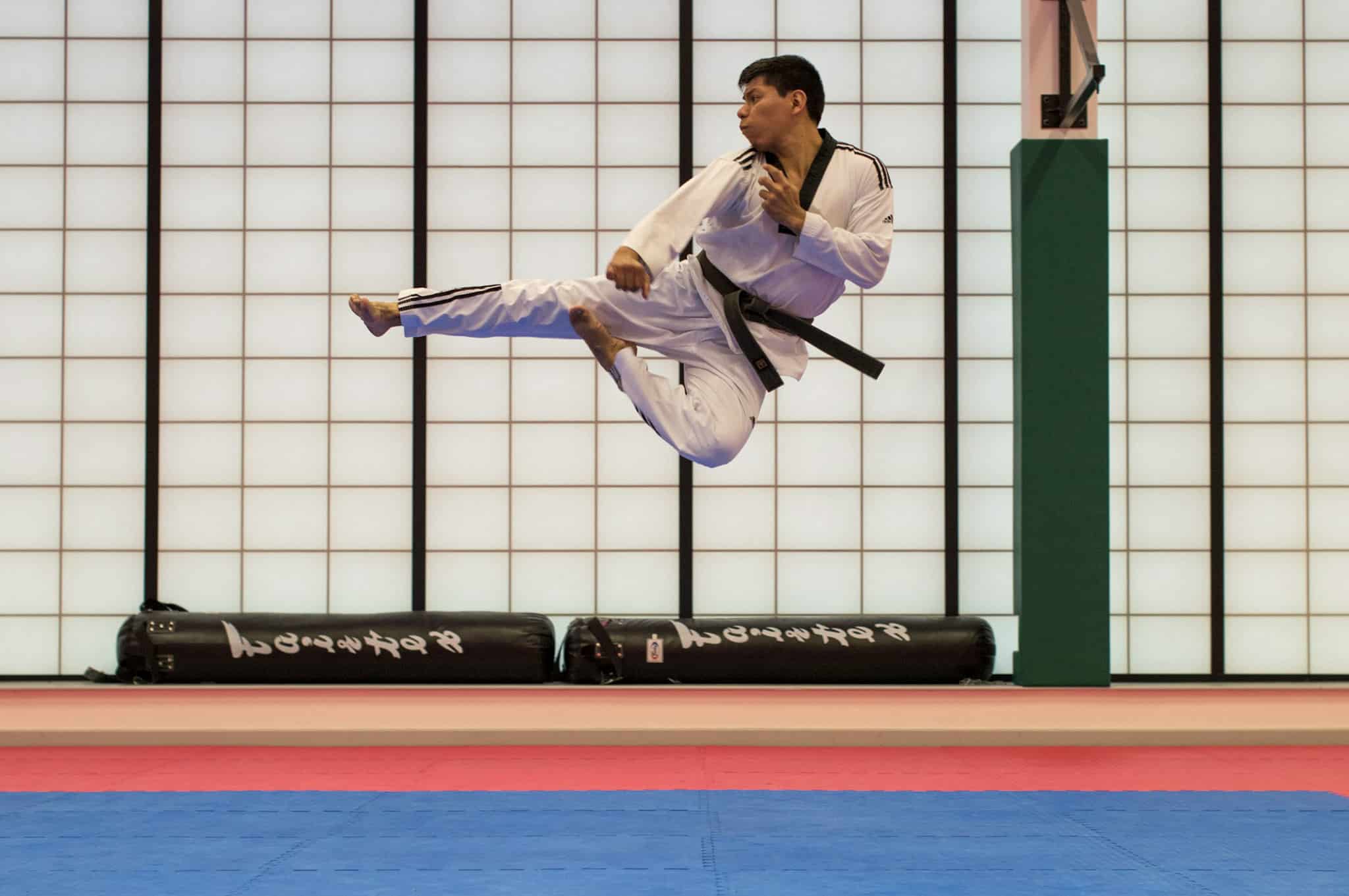
3. Okinawa holds less than 1% of Japan’s land, but hosts about 70% of its U.S. military
There are more than 30 active U.S. military facilities scattered across Okinawa’s islands. That includes bases, airfields, training areas, and whole neighborhoods with more English signage than Japanese.
After World War II, Okinawa was under direct U.S. control for 27 years, long after the rest of Japan regained sovereignty. Technically, the occupation ended in 1972. In practice, the military stayed. You’ll feel it in the noise, in the architecture, in the convenience stores that sell Pop-Tarts next to bento boxes. It’s not always obvious, but it’s always there, shaping the space in strange ways.
Some locals hate it while severals work for it. Most just live around it.
4. Okinawans eat more canned meat than almost anywhere else
After World War II, the U.S. military left behind two things in Okinawa: bases and Spam, the canned meat that became a local staple during food shortages—and then inspired the name of unwanted digital messages. Well, locals turned Spam into a cuisine. You’ll find it sliced into onigiri, fried into champuru stir-fries, stewed with eggs, or just sitting proudly in a bento box next to rice and pickles.
Shops sell multiple brands — not just Spam, but knock-offs, offshoots, deluxe versions. There’s even Spam tempura if you’re feeling brave. It’s not ironic nor nostalgia, it’s just lunch.
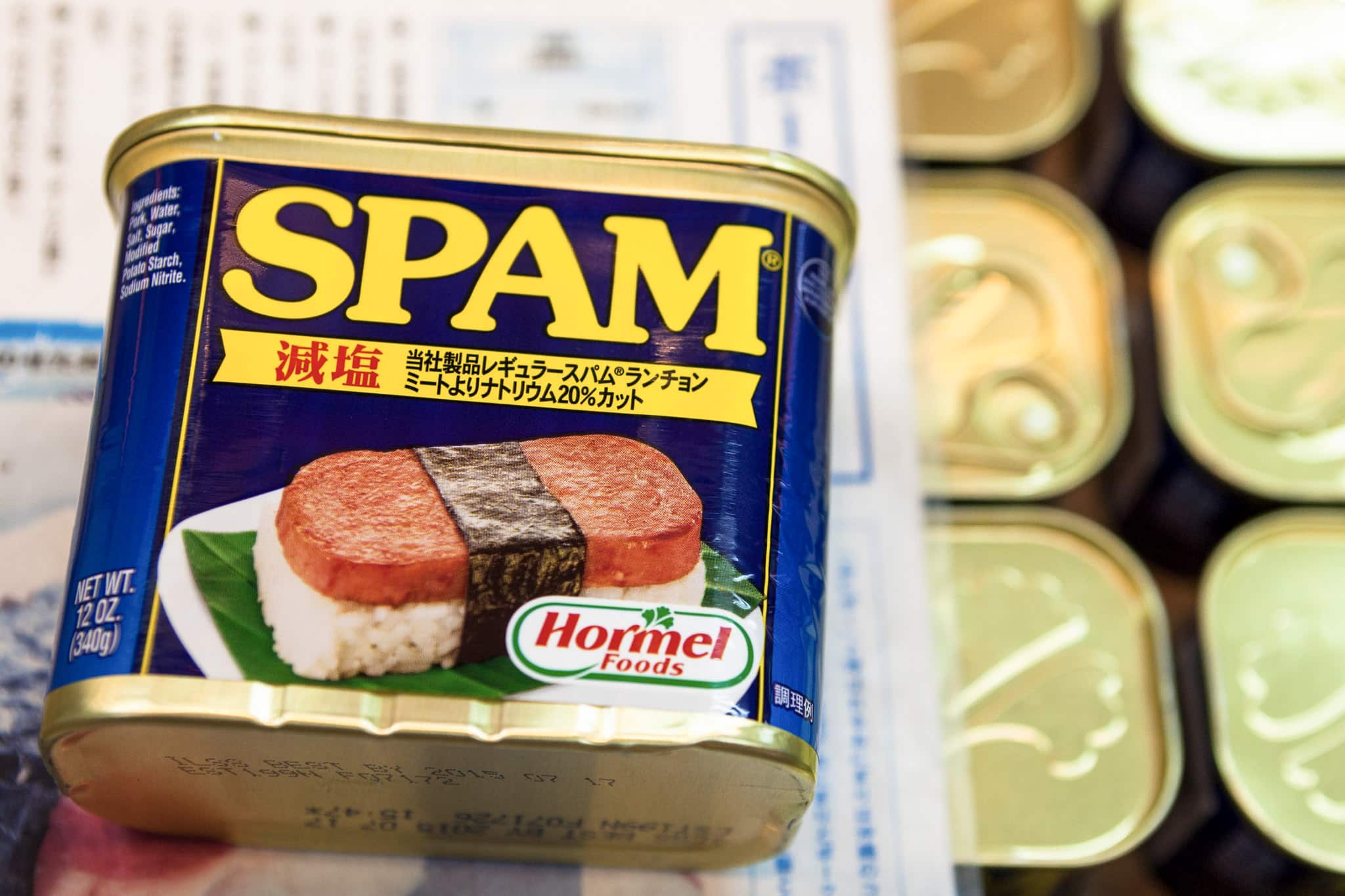
5. Most rooftops in Okinawa have lion-dog statues guarding them
They’re called Shisa, and you’ll see them on rooftops, gateposts, parking lots, and gift shops. One has its mouth open to scare away bad spirits, the other closed to keep the good ones in. That’s the rule, anyway.
Some look serious, but many wear sunglasses, have cigarettes glued to their teeth, or are halfway melted by sun and typhoons. They’re guardians, and every house has its own version, and some of them have been there longer than the electric wiring. It’s half folklore, half superstition, fully Okinawan.
6. Okinawans are obsessed with a vegetable most people can’t stand
It’s called goya — a knobby, dark green bitter melon that tastes exactly like its name. Locals eat it stir-fried with eggs and Spam in a dish called goya champuru, and they swear by it. It’s in lunch boxes, side dishes, school cafeterias. There are even goya chips and goya tea if you feel like doubling down.
Foreigners usually hate it (I did). That’s not a dig, as even mainland Japanese find it intense. But Okinawans treat it like medicine, nostalgia, and comfort food rolled into one. Especially in summer, when it’s too hot to eat anything else.
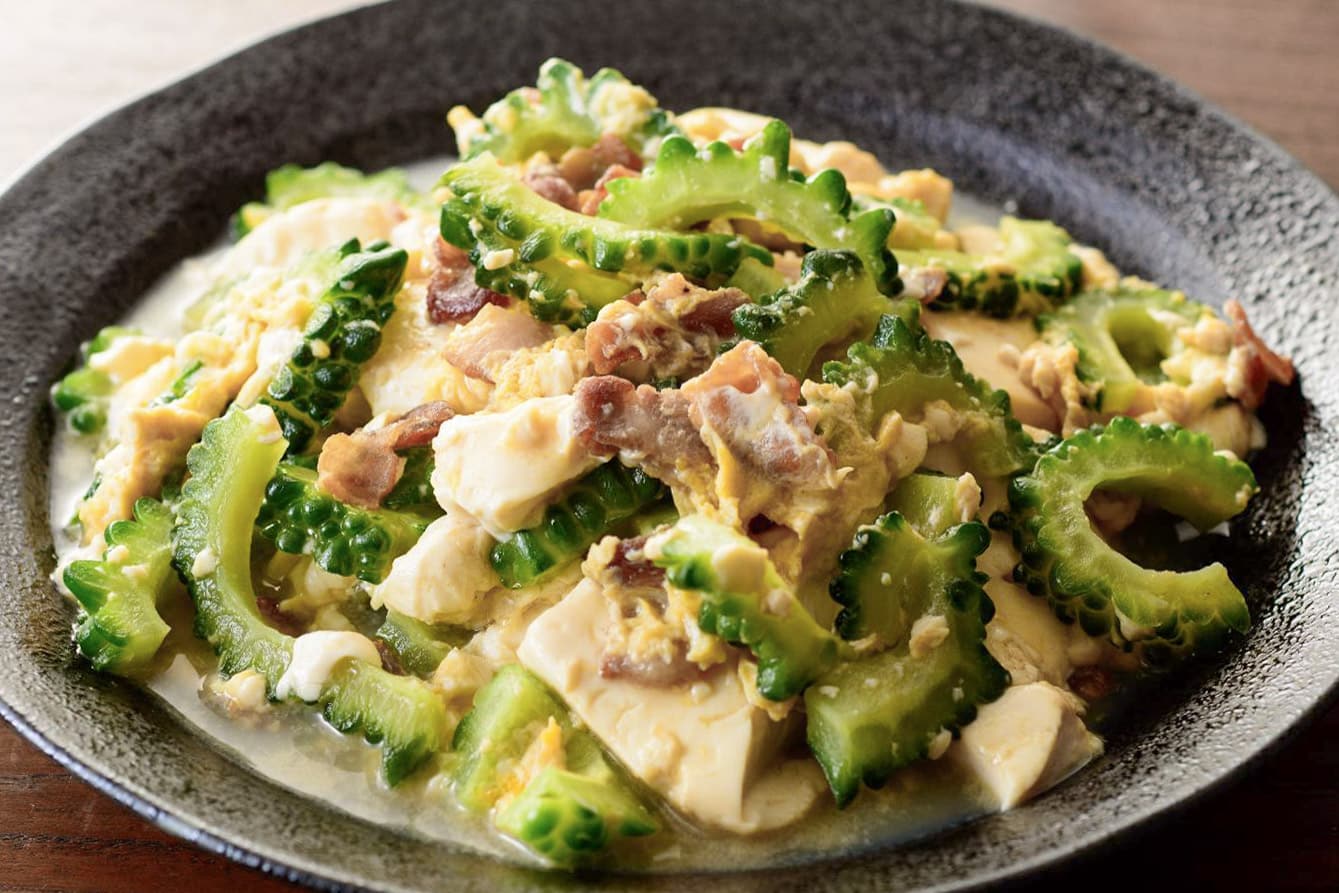
7. There’s a holy cave by the sea that men weren’t allowed to enter
It’s called Sefa-utaki, and it’s not a temple, or a building, or even particularly visible unless you know what you’re looking at. It’s a series of caves, stones, and ocean-facing gaps in the forest — sacred in the old Ryukyu religion, and once off-limits to men entirely.
Only priestesses and royal women could enter. They came here to pray, perform rituals, and make decisions that would affect the entire kingdom. Even now, it’s still considered spiritually active. People show up quietly, bow, and leave without saying much.
8. The main folk instrument in Okinawa is covered in snakeskin
It’s called a sanshin — three strings, no frets, and a body wrapped in real python skin. It sounds nothing like the refined koto or shamisen from the mainland. The tone is looser, almost tropical, like something between a banjo and a ukulele left too long in the sun.
You’ll hear it everywhere: in shops, bars, live shows, even Ferries. Most people playing it aren’t performers, they’re just locals who grew up with it like it was a kitchen appliance.
Some versions use fake snakeskin now, but the real ones — made from Burmese python — are still considered the proper sound.
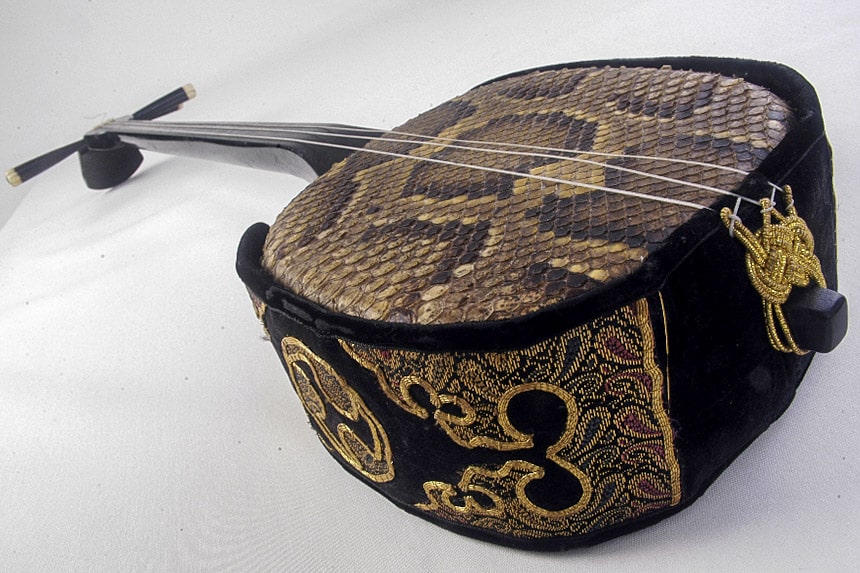
9. Okinawa has its own language
It’s called Uchinaaguchi, and it’s a separate language from Japanese, with different grammar, different roots, and almost zero mutual intelligibility. It was once widely spoken across the Ryukyu Kingdom, but after annexation, it was suppressed hard. Schools banned it. Kids were punished for using it. The government tried to erase it.
Now, only a small number of elders speak it fluently, though there’s a growing effort to revive it. You’ll still hear bits in songs, see signage in some places, and pick up words locals casually drop in.
It sounds softer than Japanese. Slower. Like the island version of a language, worn down by sun and salt.
10. There’s no winter. Not even a fake one.
Okinawa skips the entire cold season. No snow, no frozen mornings, no heaters under the table. The coldest it gets is around 15°C (59°F) in January, and even then, locals break out jackets like it’s Siberia.
You won’t see cherry blossoms the way you do on the mainland, because the climate’s wrong. But you also won’t need to pack socks. The ocean never fully cools off, and neither does the island.
This isn’t “warm for Japan” It’s subtropical. There are banana trees and typhoons. Bring sunscreen.
- Want to discover one of the best beach destinations in Okinawa? 👉 Here’s what it’s like to visit Zamami Island, a tropical gem in the Kerama archipelago.
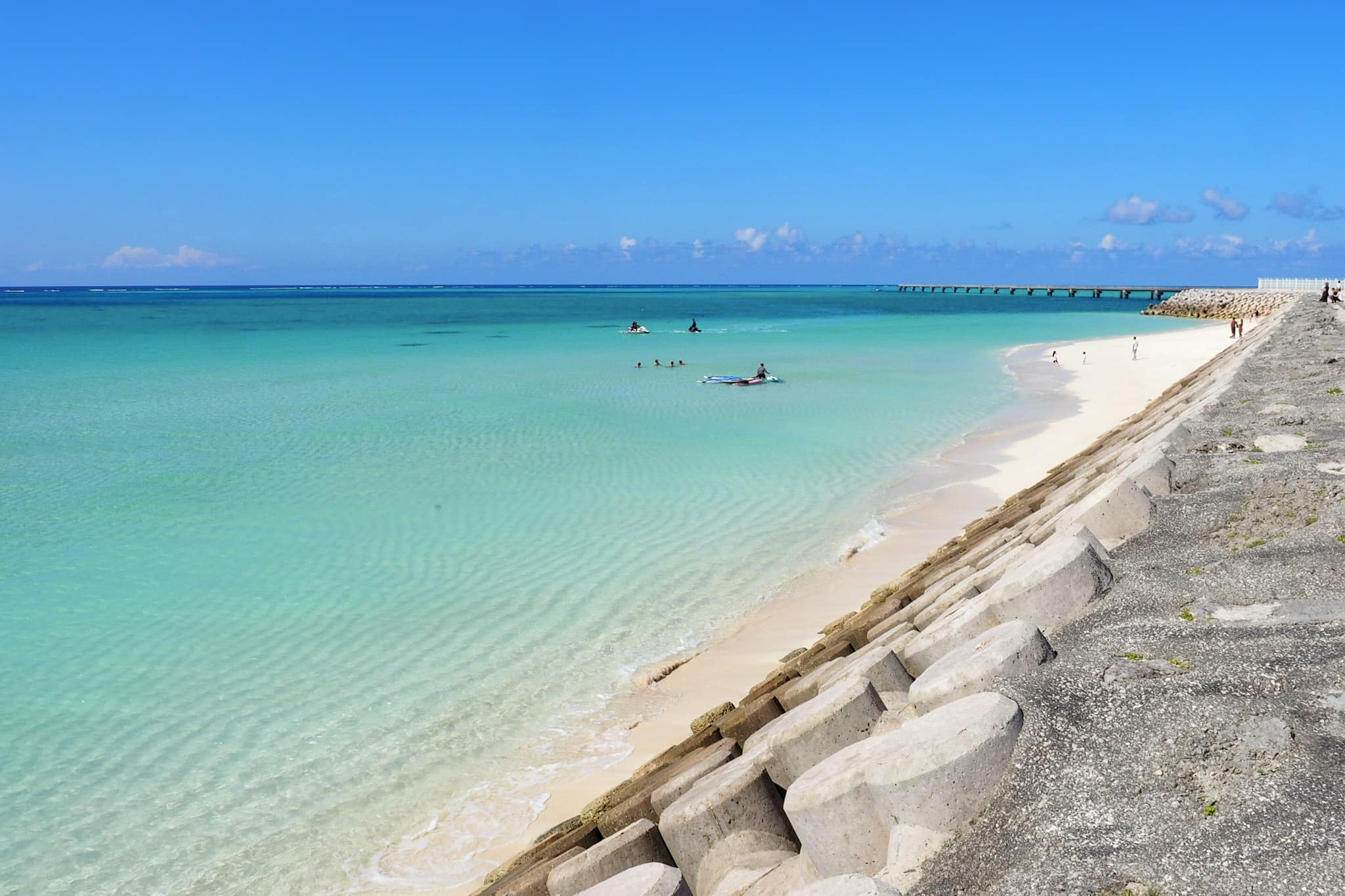
Keep reading:
Why Visit Okinawa? 5 Ways It Rewrites Your Idea of Japan
People often ask if Okinawa is worth visiting, especially if they’ve already seen Tokyo, Kyoto, and a few temples. The short answer? Yes. The longer one is this article. [dssb_sharing_buttons icon_placement="icon" icon_width="fixed" alignment="left"...
How to Get to Zamami Island, Okinawa — And What to Know Before You Go
A straight forward guide on how to get to Zamami Island in Okinawa: how to book ferries, where to stay, and how to get around. It answers everything I couldn’t find online – before I actually visited the island.[dssb_sharing_buttons icon_placement="icon"...
Zamami, Okinawa: What It’s Like To Visit Japan’s Tropics
Let me walk you through what it’s like to visit Zamami Island in Okinawa — Japan’s remote beach paradise with clear waters, sea turtles, and almost no tourists.[dssb_sharing_buttons icon_placement="icon" icon_width="fixed" alignment="left" icon_color="#000000"...


